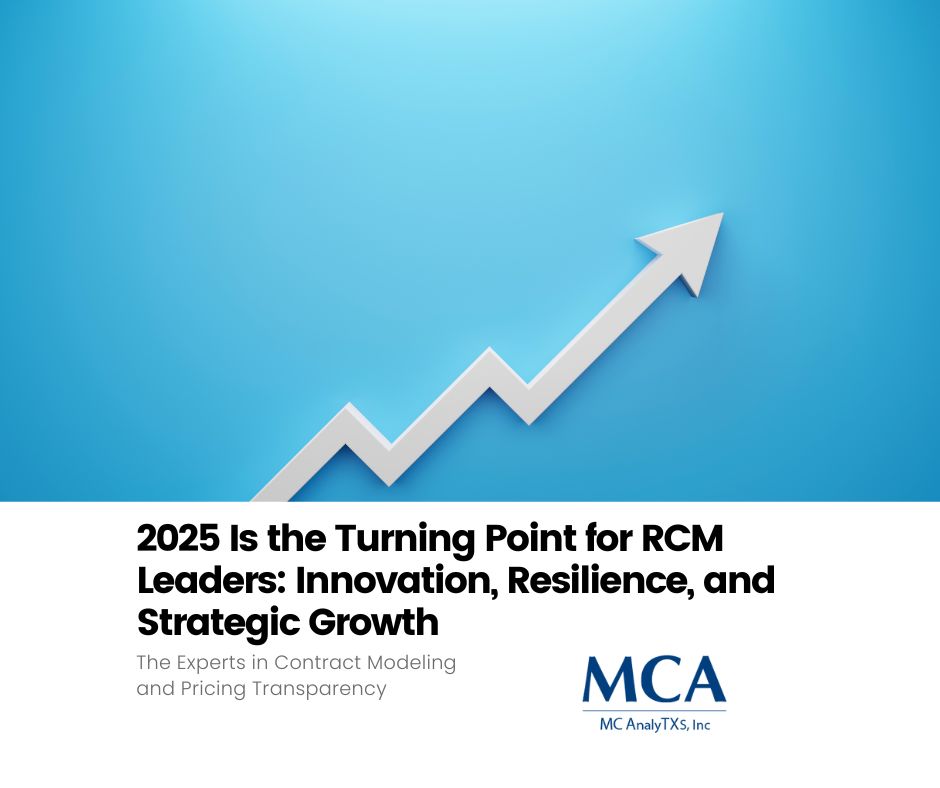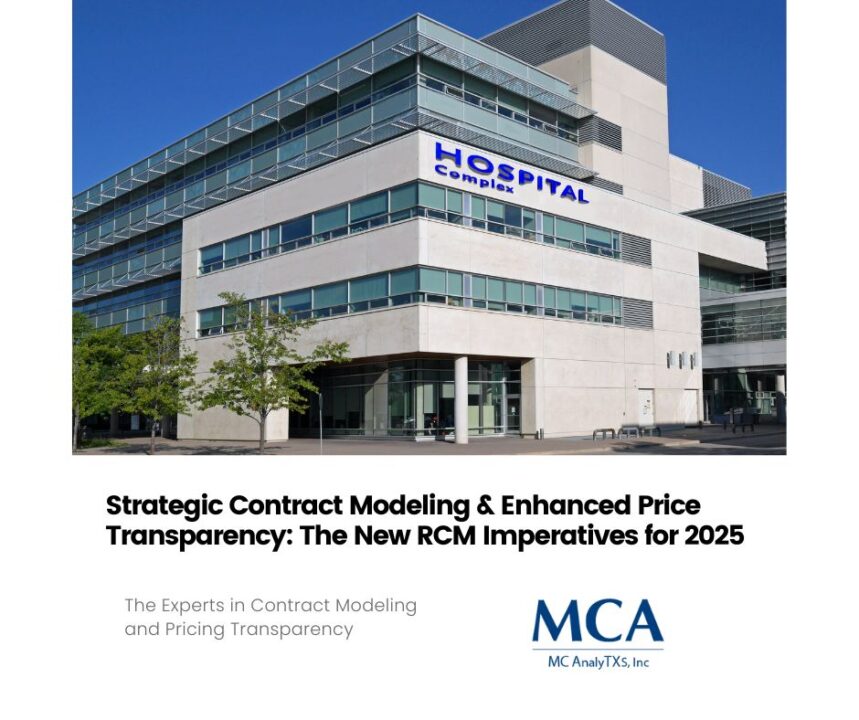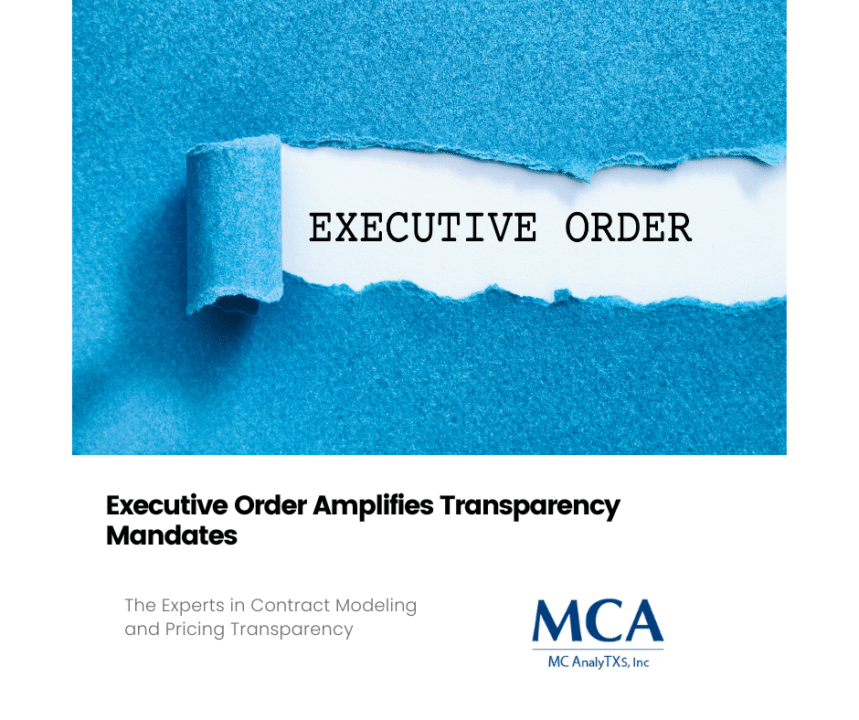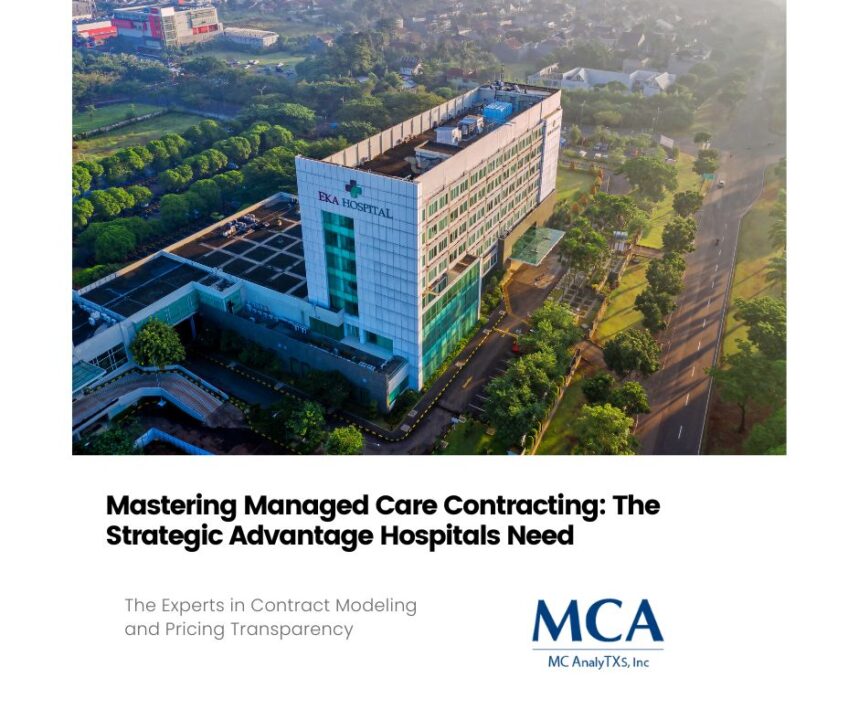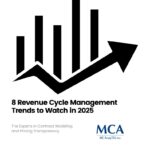

2025 Is the Turning Point for RCM Leaders: Innovation, Resilience, and Strategic Growth
Introduction
For revenue cycle management (RCM) leaders, the terrain is increasingly demanding but brimming with potential. Navigating a rapidly evolving landscape requires a clear vision, adaptability, and a readiness to adopt change. The year 2025 is poised to be transformational, presenting RCM leaders with unprecedented opportunities to thrive through innovation, resilience, and strategic growth.
This article explores the current challenges faced by RCM leaders, the innovative solutions reshaping the industry, strategies to build resilience, and pathways to sustainable growth. Whether you’re recalibrating your organization’s goals or preparing for upcoming shifts, this roadmap for 2025 highlights the actions crucial for driving success.
The Current State of RCM
Revenue cycle management is at a crossroads. On one hand, RCM organizations are grappling with persistent challenges like increasing regulatory complexities, rising operating costs, and an unpredictable healthcare landscape. On the other, rapid technological innovation holds the promise of significant efficiency gains and improved patient outcomes.
Key Challenges
- Regulatory pressures: Constantly changing rules demand updated billing and coding processes, placing administrative strain on organizations.
- Staff shortages: The looming workforce gap is making it harder to sustain operations amidst the growing demand for RCM services.
- Increasing healthcare costs: Ballooning costs compel organizations to adopt leaner, more efficient operational strategies.
Yet, where there are challenges, there are opportunities for those willing to innovate and adapt. Shifting from traditional methodologies to cutting-edge, tech-enabled systems can provide RCM organizations with a much-needed competitive advantage in 2025 and beyond.
Innovation in RCM
Innovation isn’t simply optional for RCM leaders—it’s vital for staying ahead of the curve. The industry is witnessing a wave of technological breakthroughs and new best practices, all aimed at increasing efficiency, accuracy, and patient satisfaction.
Technological Advancements
- AI-Powered Automation
Artificial intelligence is ushering in a new era for RCM, automating labor-intensive tasks like claims processing, denial management, and predictive analytics. Platforms driven by AI don’t just reduce errors—they also help RCM organizations achieve faster reimbursements.
- Blockchain Technology
Blockchain is emerging as a trustworthy solution for secure data exchange and transparent financial transactions. Its application in preventing fraud and ensuring compliance holds great promise for RCM leaders.
- Patient-Centric Tools
Digital platforms, such as telehealth-integrated payment gateways and mobile billing applications, are streamlining communication between patients and providers, vastly improving the financial experience of patients.
By actively adopting and integrating these innovations, RCM leaders will position their organizations to operate with greater agility and foresight in 2025.
Resilience in RCM
A clear takeaway from the past few years is the importance of resilience. RCM leaders must future-proof their organizations to weather potential disruptions, be they economic fluctuations, regulatory shifts, or technological upheavals.
Building Organizational Resilience
- Risk Mitigation
Preparing for potential disruptions is key. Risk assessments should identify vulnerabilities in revenue streams and operational workflows. Creating contingency plans will ensure organizations respond effectively when challenges arise.
- Data-Driven Adaptability
Resilience requires the ability to pivot quickly. By leveraging real-time analytics, leaders can monitor trends, address revenue-impacting issues promptly, and adjust strategies based on data insights.
- Continuous Training
Empowering teams with training for new tools and compliance scenarios fortifies the workforce against operational vulnerabilities. Upskilling employees to work seamlessly alongside AI-driven systems will be particularly critical.
Organizations with strong resilience plans will not only survive potential challenges but emerge stronger, ready to capitalize on new opportunities.
Strategic Growth in RCM
While navigating change and ensuring operational resilience are crucial, RCM’s long-term success lies in achieving strategic growth. To compete effectively and achieve sustainable outcomes, leaders must proactively align their expansion goals with market demands.
Growth Strategies for 2025
- Market Expansion
Exploring untapped regions and demographics presents opportunities for expansion. Rural and underserved populations, for example, represent substantial growth areas for scalable RCM services.
- Service Diversification
Providing a broader range of services, such as healthcare consulting or expanded patient billing support, allows RCM organizations to build holistic, value-driven partnerships with clients.
- Strategic Partnerships
Collaborating with other businesses—including tech providers and healthcare organizations—can help scale efforts without stretching internal resources. Partnerships can also provide access to emerging solutions that redefine operational execution.
By capitalizing on these forward-looking strategies, RCM leaders will ensure that 2025 becomes the foundation for upward, sustained growth.
The Road Ahead
What does the future hold for RCM leaders beyond 2025? The short answer is continued transformation. Revenue cycle management will likely evolve into an even more technology-driven industry, where efficiency and client satisfaction are the ultimate yardsticks of success.
Predictions for the Future
- More Automation
Expect AI-driven processes to become near unavoidable, automating complex workflows with even greater precision and sophistication.
- Hyper-Personalized Billing
Enhanced personalization will make payment systems less stressful for patients, thanks to improved communication and data sharing between all stakeholders.
- Expanded Regulatory Oversight
With technology expanding RCM possibilities, leaders will also need to stay alert for new layers of compliance to maintain operational integrity.
Accepting that change is constant, RCM leaders who invest in continuous learning, innovation, and proactive adaptation will lead the pack.
Transform Challenges into Opportunities
The outlook for 2025 may seem overwhelming, but it is also ripe with opportunity. With focused efforts on innovation, resilience, and strategic growth, RCM leaders can shape their organizations into agile powerhouses equipped to thrive in this shifting landscape.
To unlock your organization’s full potential in revenue cycle management, start planning for these changes now—because 2025 is just around the corner, and it could mark the turning point your business needs.


